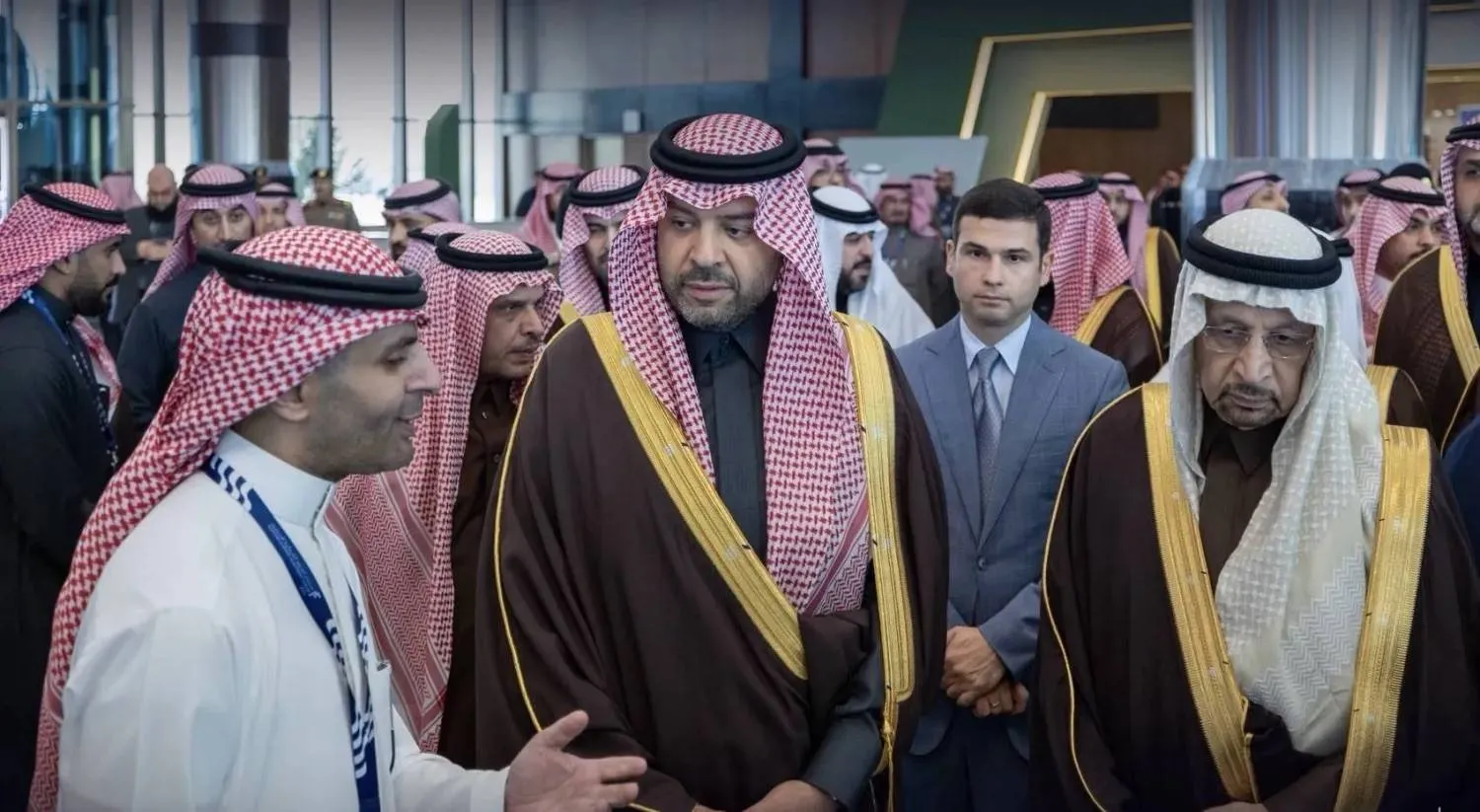A panel comprised of ministers from OPEC and allied oil producers meeting on Sunday will not discuss a new recommendation to further increase in crude production from that agreed in June, OPEC and non-OPEC sources said.
An OPEC and non-OPEC monitoring committee gathering in the Algiers this weekend found that oil producers’ compliance with a supply-reduction agreement reached 129 percent in August
The sources told Asharq Al-Awsat that "the technical committee will not discuss any proposal to increase production outside the current agreement."
In late 2016, OPEC, Russia and other allies reached a cut-off agreement to try to halt a fall in oil prices that began in 2014, but after months of cuts in supplies beyond the agreement, they agreed in June to increase production and return to 100 percent compliance.
This is equivalent to an increase in production of about one million barrels a day, but the latest figures indicate that some are still far from achieving that goal.
This compares with a compliance level of 109 percent for July, indicating that the group went beyond its agreed cut, according to the sources.
Oman’s oil minister Mohammed bin Hamad al-Rumhy told reporters on Saturday that OPEC and non-OPEC producers overachieved on pledged output cuts by 600,000 bpd in August, putting the reduction at around 2.4 million bpd.
Brent reached $80 a barrel this month, prompting US President Donald Trump to demand again that OPEC bring down prices.
On Friday, a source familiar with the discussions told Reuters OPEC and its allies led by Russia were considering the possibility of raising crude supplies by a further 500,000 bpd as US sanctions on OPEC’s third-largest producer, Iran, bite into Tehran’s exports.
The sources said that the reduction in August was higher, without giving exact figures.
OPEC sources said any official action to raise output would require OPEC to hold what it calls an extraordinary meeting, however, this proposal is not on the table yet.
Joint OPEC and non-OPEC ministerial committee (JMMC) which meets on Sunday, can still recommend a further increase in output if needed, the sources said.
In related news, US energy companies cut oil rigs for a second week in three as new drilling has stalled in the nation’s largest oil field, where production was forecast to grow at the slowest pace in nearly two years due to pipeline constraints.
Baker Hughes energy services firm said in its closely followed report on Friday that drillers cut one oil rig in the week to Sept. 21, bringing the total count down to 866.
The US rig count is still much higher than a year ago when 744 rigs were active as energy companies have been ramping up production in anticipation of higher prices in 2018 than previous years.
However, since June, the rig count has held mostly steady at above 860 rigs as crude prices in the Permian region, western Texas and eastern New Mexico, have collapsed due to a lack of pipeline infrastructure needed to transport more fuel out of the region.
Permian is US’ biggest shale oil formation, and oil production in it will rise 31,000 bpd, its slowest growth since late 2016, the Energy Information Administration said this week.
This week, US crude futures were up 1 percent to about $71 per barrel, putting the contract on track to rise for a second week in a row in volatile trade ahead of an OPEC meeting on Sunday.
So far this year, US oil futures have averaged $66.64 per barrel compared with averages of $50.85 in 2017 and $43.47 in 2016.









